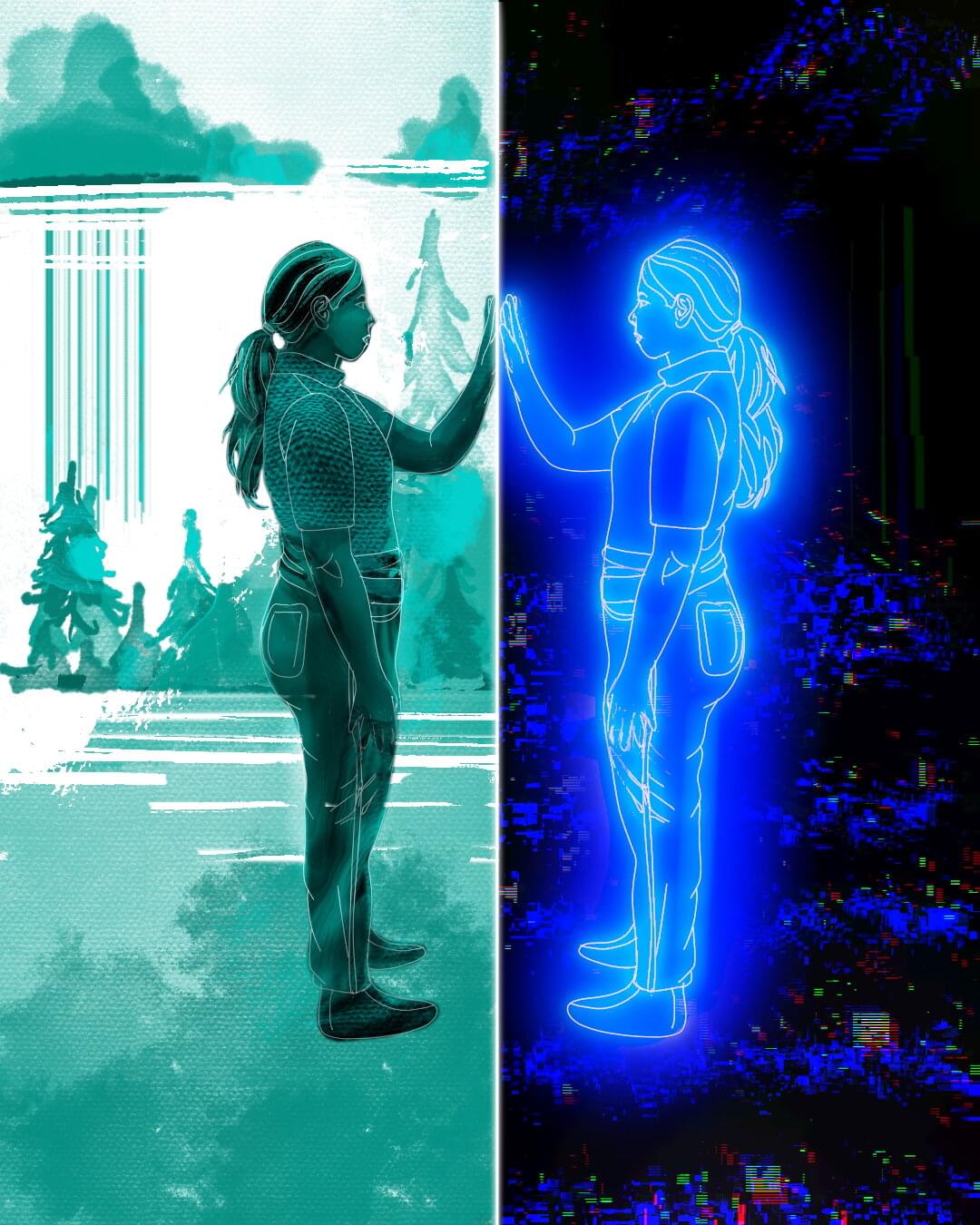Much as a pilot might practice maneuvers in a flight simulator, scientists might soon be able to perform experiments on a realistic simulation of the mouse brain. In a new study, Stanford Medicine researchers and collaborators used an artificial intelligence model to build a “digital twin” of the part of the mouse brain that processes visual information.
The digital twin was trained on large datasets of brain activity collected from the visual cortex of real mice as they watched movie clips. It could then predict the response of tens of thousands of neurons to new videos and images.
Digital twins could make studying the inner workings of the brain easier and more efficient.
